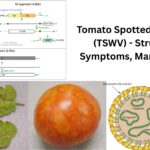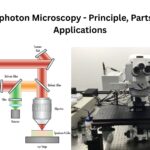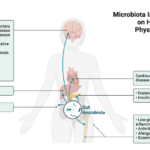Anaerobic Respiration 69 Views 1 Answers
Describe how living things use anaerobic respiration to generate energy. In the answer, identify the main products generated by the two types of anaerobic respiration, and identify one organism that performs each type.
Describe how living things use anaerobic respiration to generate energy. In the answer, identify the main products generated by the two types of anaerobic respiration, and identify one organism that performs each type.
Answered
Anaerobic respiration is a way for living organisms to generate energy without using oxygen. It is an alternative to aerobic respiration, which requires oxygen. Anaerobic respiration occurs in environments where oxygen is scarce or absent.
There are two main types of anaerobic respiration: lactic acid fermentation and alcoholic fermentation.
- Lactic Acid Fermentation:
- Process: In lactic acid fermentation, glucose is broken down into lactic acid and energy. This process happens in the cytoplasm of cells.
- Main Products: The main products are lactic acid and ATP (adenosine triphosphate).
- Organism Example: Humans perform lactic acid fermentation during intense exercise when oxygen levels are low. For instance, muscle cells use this process to produce energy quickly, resulting in the production of lactic acid, which can lead to muscle fatigue.
- Alcoholic Fermentation:
- Process: In alcoholic fermentation, glucose is converted into ethanol (alcohol) and carbon dioxide, along with ATP. This process also occurs in the cytoplasm.
- Main Products: The main products are ethanol, carbon dioxide, and ATP.
- Organism Example: Yeasts, such as Saccharomyces cerevisiae, perform alcoholic fermentation. This type of fermentation is used in brewing and baking, where yeast converts sugars into alcohol and carbon dioxide, causing bread to rise and beer to ferment.
Both types of anaerobic respiration allow organisms to produce energy in the absence of oxygen, but they differ in their by-products and the types of organisms that utilize them.
Did this page help you?




